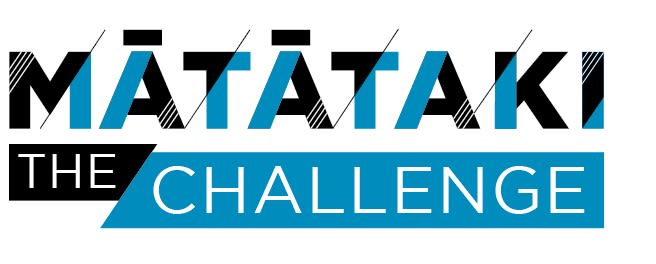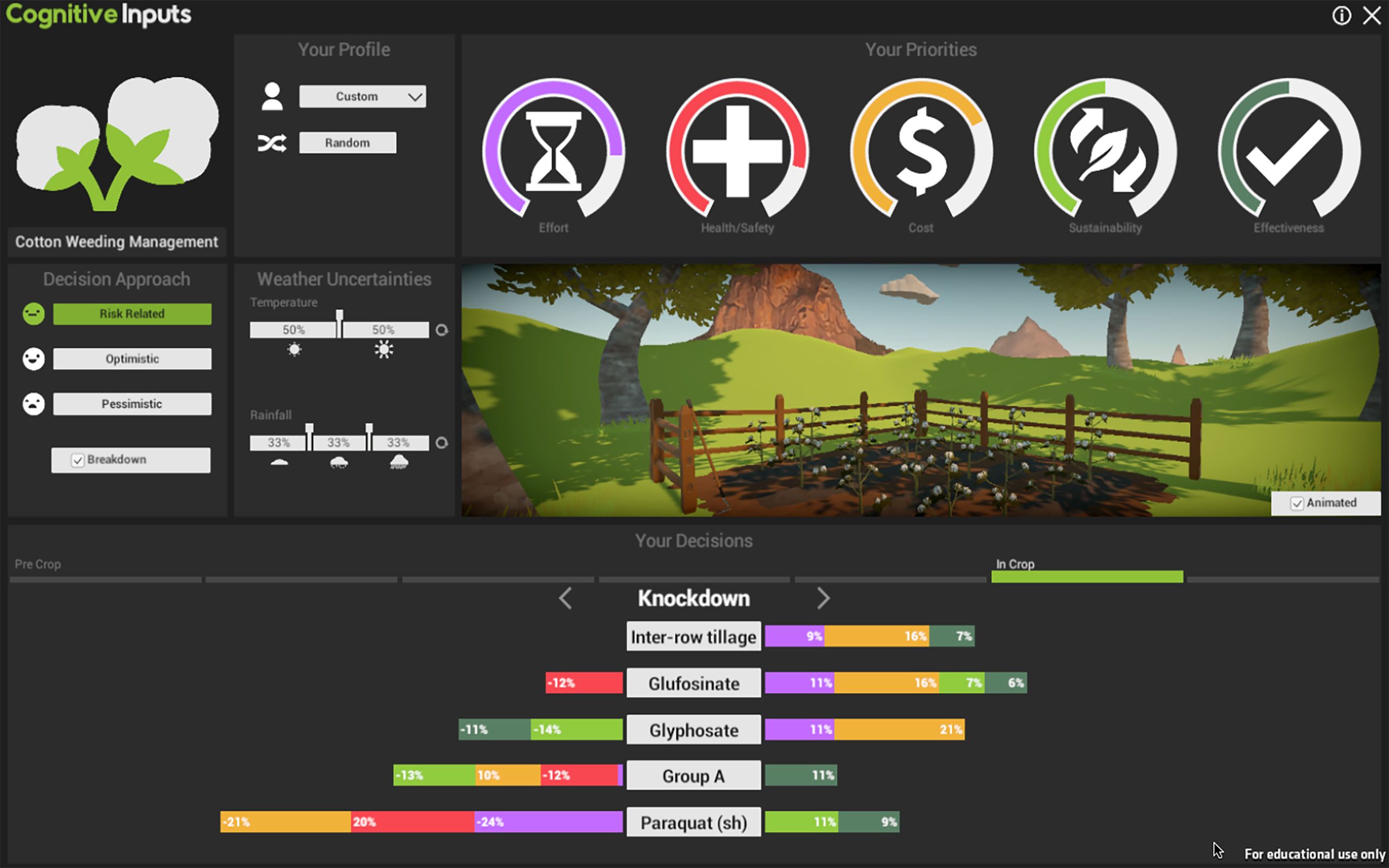Conquering the growing mountains of plastic
Can a circular economy stem the endless streams of waste and pollution?
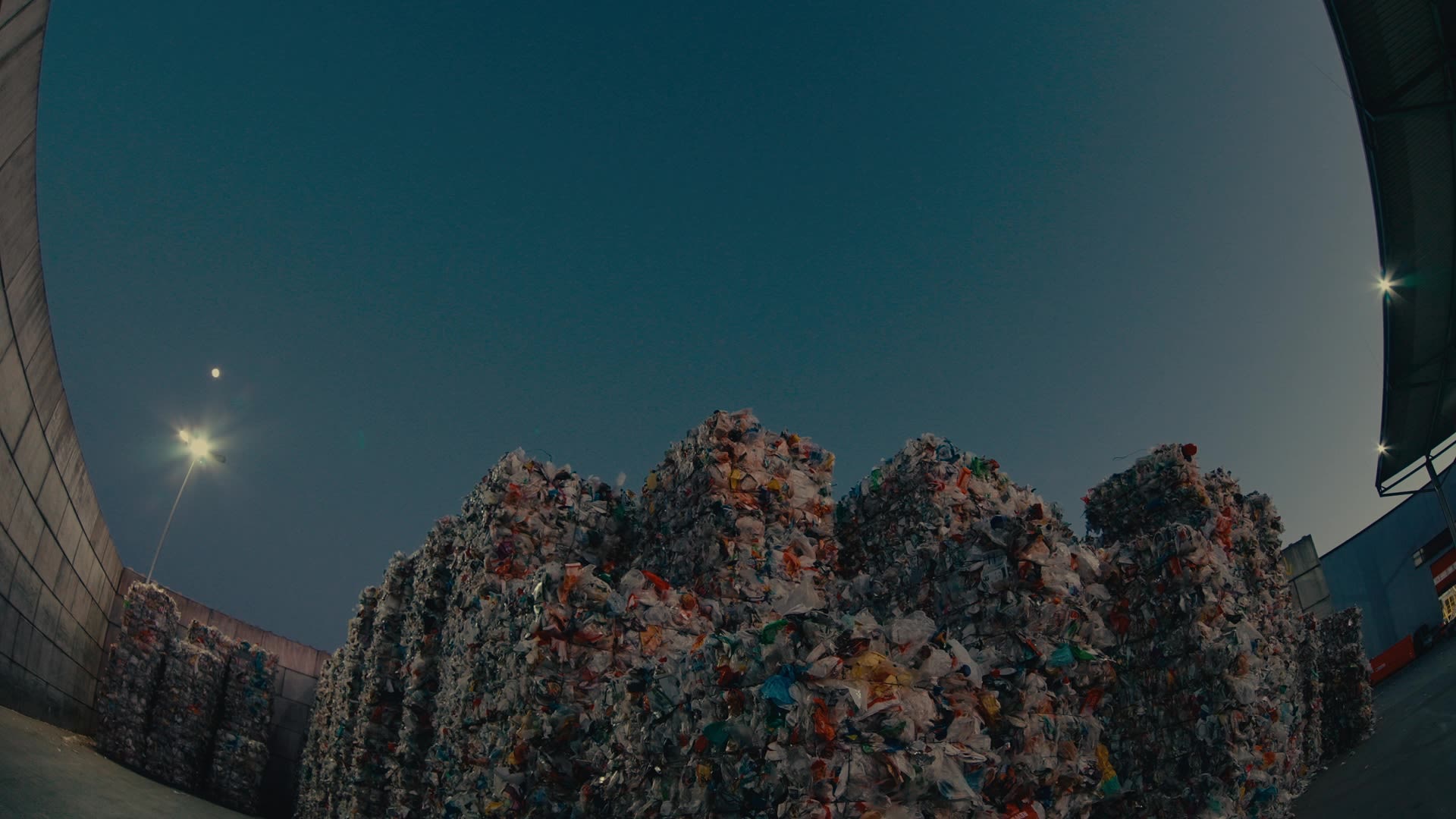
When Johan Verbeek and Julia Fehrer say they don’t consider themselves “greenies,” they are talking about the 'chain yourself to a tree' variety of environmental campaigners; people who harness the power of the crowd to try to bring about a positive outcome for the planet.
What Fehrer and Verbeek (from, respectively, the Business School and the Faculty of Engineering at Waipapa Taumata Rau, University of Auckland) are trying to do is similar – just not in a bum-numbing ‘sitting on a branch all night’ sort of way.
Instead the pair – alongside a wider team of more than 50 academics, post-grad students, policymakers, and industry players – are trying to come up with a systems-wide solution to the country’s massive plastics recycling problem; a solution which doesn't just bring the entire sector along, but also has the potential to be scaled in the future to apply to projects involving other waste streams.
They have four years and a total of $11.7 million from MBIE's Endeavour fund to create a circular economy for a strand of plastics waste that mimics the virtues of a natural eco-system. So, no pressure.
The big hairy audacious goal of this transdisciplinary team has three parallel and interwoven strands. The engineering team will develop an entirely new material made from recycled plastic. The material will be able to be upcycled into, say, the interior panel of a car or a fridge, or a tabletop.
At the same time, the Business School is scoping the recycled plastics ecosystem – from supply, to demand, to the regulatory systems getting in the way. The goal is to ensure the engineers making the new polymer can find the right recycled plastics supply, that there’s a viable market for the final product, and that red tape won't sabotage the process.
So far, so laudable. Engineering plus business to produce a marketable product. But the third piece of the puzzle - the bit where the team try to work out how to bring everyone on board and make change actually happen - takes the project to a new level: the realm of gaming.
The challenge they face is frankly enormous and daunting. The vast majority of plastics produced globally aren’t recycled at all. “The current plastics lifecycle is far from circular,” warned the OECD, when it published its first Global Plastics Outlook in early 2022.
Humans produced twice as much plastic waste in 2019 as 20 years earlier, plastics use was rising significantly, and only nine percent was recycled, the study found. The figure for Oceania was even more dire: seven percent recycled, with 75 percent of plastics landfilled and a further seven percent ending up as litter on land or in the oceans.
More than 99 percent of virgin plastic is made from oil and gas, according to figures from the Centre for Environmental Law, and the fossil fuel and plastic industries are deeply connected. Which is why plastics is a waste problem and a climate change/greenhouse gas problem.
And it’s why the entire system needs to be re-imagined, Verbeek says. “Some people don't understand there are something like 50 different types of plastic: five or six different types of polyethylene. The plastics problem is always expanding, and it involves infrastructure and recycling and collection and manufacturing. We cannot solve all of that. So, we have to focus on demonstrating our concept with a specific group of plastics.”
Developing a project which involves not only universities and Crown Research Institutes on both sides of the Tasman, but also industry players and policy makers, is crazy hard, Fehrer says. But the multi-body collaboration is also essential.
“We are all moving together – developing a high-end technology, understanding the system and what the market could look like, and whether there are pockets where there are things happening, and where we could scale sustainably.”
For example, an early idea was to use the sort of hard plastics normally sent to landfill – the plastics in cars or computers for example – as the source material. However, the team soon recognised that’s tough and impractical.
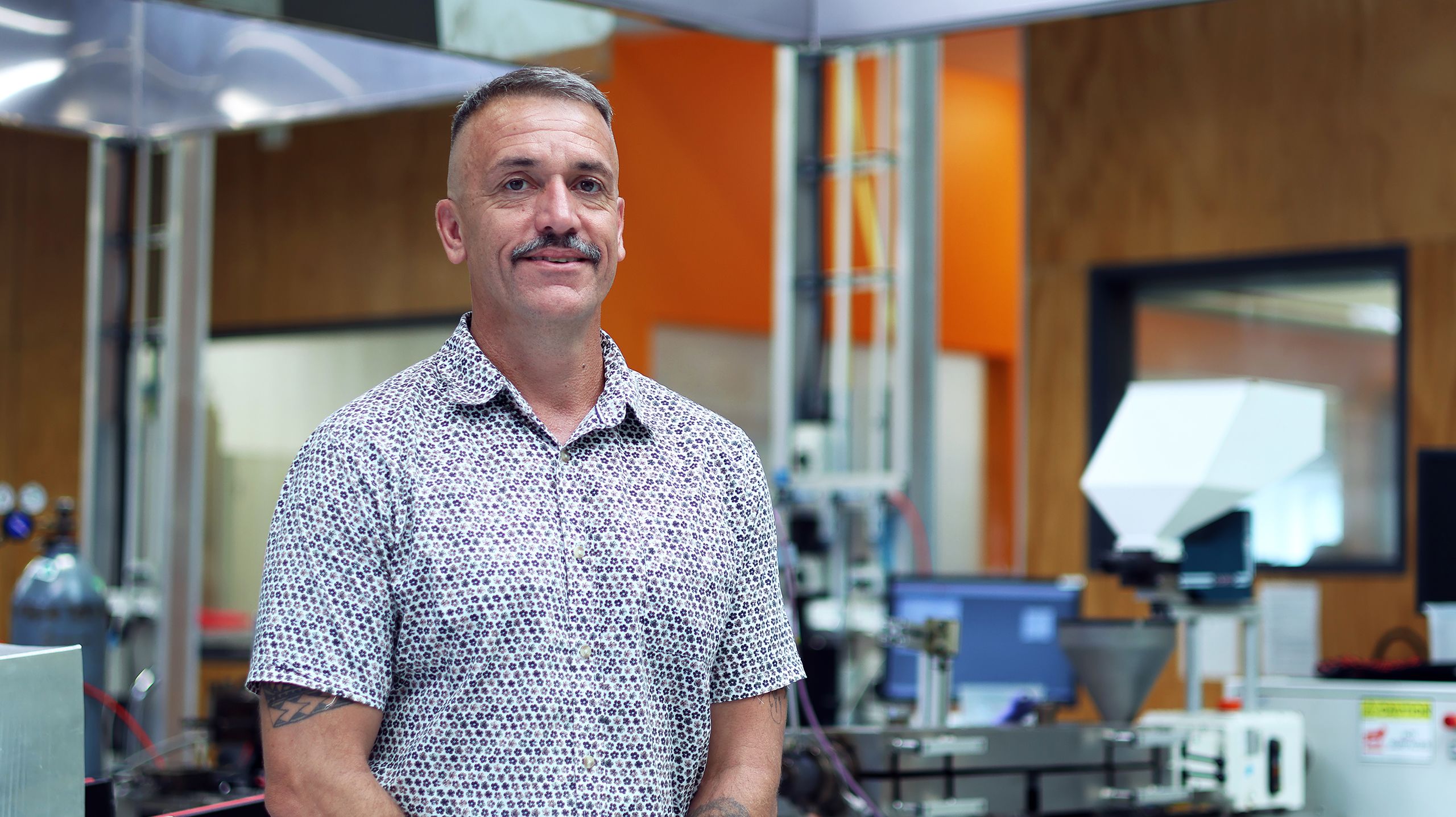
So, the researchers pivoted to looking at three possible plastic waste streams – medical, construction and agricultural. Medical plastic waste hits problems with contamination, Verbeek says. Construction plastics are tricky because there are so many distinct types, and they are often hard to pull apart from other materials – wood or concrete or metals. But agriculture is looking promising.
There’s already a product stewardship scheme – Agrecovery – which collects farm plastics, including the containers that held anything from pesticides to dairy tank cleaners to animal drenches.
“It’s very likely we’re going to work closely with them to make new products out of what they collect,” says Fehrer.
They stress that the future is not plastic free. A world without plastics is not only unimaginable, but also dangerous, says Verbeek, an engineer who spent his early career trying to design non-fossil fuel-based plastics.
Not all plastics are bad. Think of a health system without disposable syringes or the plastic packaging which keeps medical equipment sterile. Imagine the waste and potential illness that could come without any plastics in the food manufacturing sector.
“Life is actually impossible without plastics,” Verbeek says. “It’s not the plastic that is the problem. It’s how humans behave, how we perpetuate waste; the nonsense of putting individual carrots in a plastic wrapper or buying individual yogurts rather than a one-litre container.”
It’s a system where no one is even measuring the plastics entering New Zealand when they are incorporated into everyday products – cars, construction materials, appliances, furniture, toys – let alone making importers and manufacturers responsible for recovering these plastics and recycling them.
The product Verbeek’s team wants to make will be a plastic made from recycled materials, which can be used instead of virgin plastic, Verbeek says.
“At the moment it’s very hard because we don’t have a material with the appropriate properties to mimic the virgin equivalent. It’s possible scientifically, but it’s difficult and expensive. We’re hoping our technology will make it a little easier.”
Then it’s going to need governments and councils to change the rules, and the business community – from plastic collection companies to recyclers to manufacturers, both in New Zealand and overseas – to come on board. Oh, and consumers have to demand (and pay for) the new products.
Is it unrealistic to think such a radical systems revamp could come out of New Zealand? Not at all, Fehrer says. It’s happened before. More than two decades ago, the wine industry in New Zealand got together and produced an all-of-sector response to the issue of cork taint and potential cork shortages, Fehrer says.
Although getting collective action was sometimes difficult and divisive, the screw cap initiative eventually transformed a global industry. “The market developed a new idea with a different material and shaped a new process that then became mainstream. We want to do the same with plastics.”
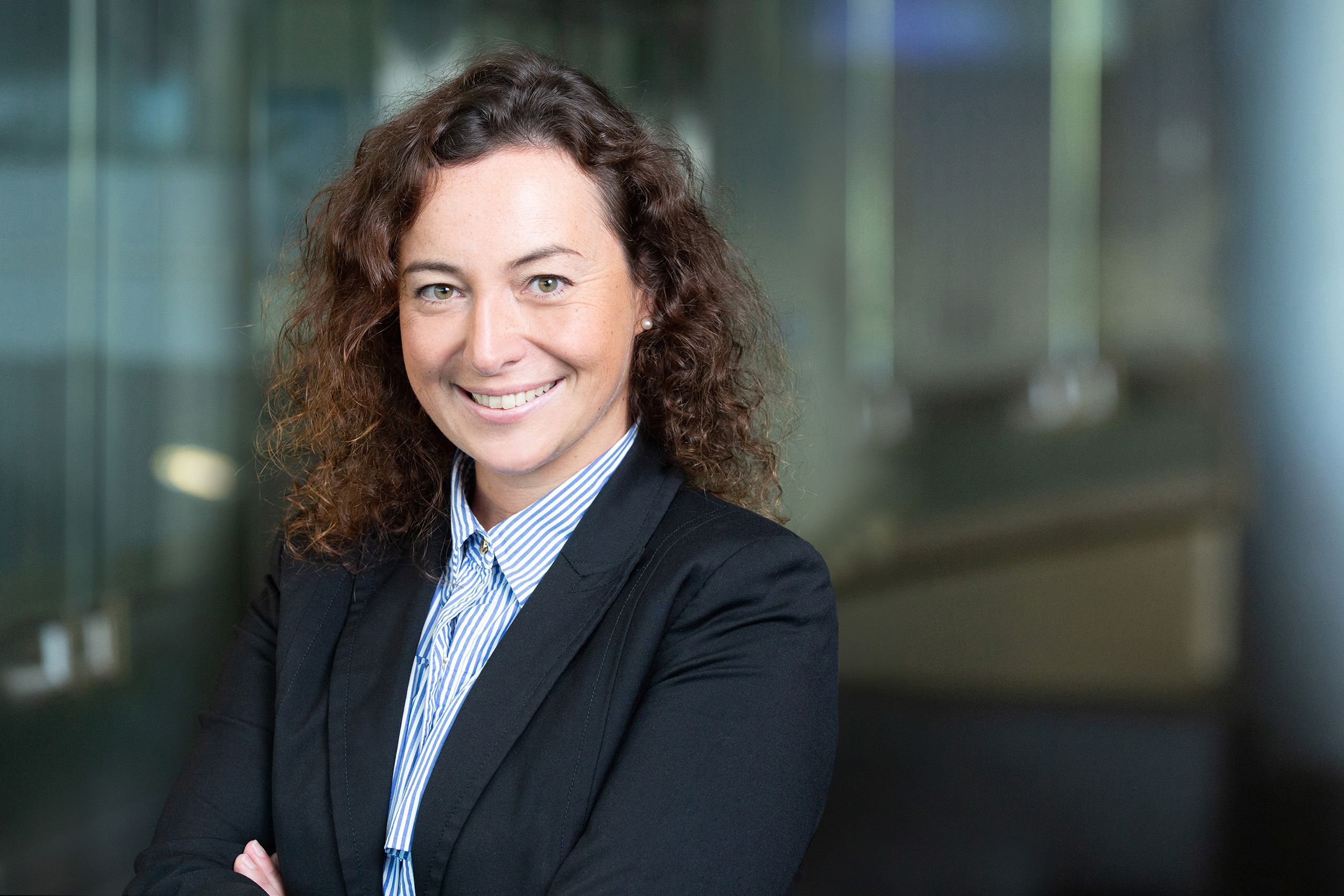
Fehrer is the circular economy expert (see sidebar), and Verbeek has been upcycling long before people realised it was a thing.
The third piece of the puzzle comes courtesy of data modelling and game design. Before her present role as director of the Centre of Digital Ecosystems at RMIT University in Melbourne, Professor Deb Polson worked at the University of Auckland.
“I call what we do making ‘games of consequence’,” Polson says. “Not ‘serious games,’ because serious games are normally sh*t games because they adopt only the basic mechanics of games and not the broader potential of dynamic world building.
“We want our games to be polished and novel, to highlight the entangled consequences of actions, to allow people to appreciate what it is to be a player in a world of players.”
She first got involved in the plastics recycling project in 2019, after Johan Verbeek heard her talk about using digital simulations as a way to help people understand complex systems.
GAME OF WEEDS: Professor Polson and her team developed a game to enable cotton farmers simulate how to reduce pesticides.
GAME OF WEEDS: Professor Polson and her team developed a game to enable cotton farmers simulate how to reduce pesticides.
The games Polson and her team create are real and have had real impact. They built a simulacrum of the real world for Australian cotton farmers to experiment with weed treatment options for their farms, at a time when pesticide use was harming the local environment.
Using a simple dashboard, farmers set a range of operational priorities and personal values, then the game ran through the seasons. At different points in the year the farmers could choose from a list of familiar pesticides.
They were always shocked to see how misaligned their decisions were with their economic and environmental values, Polson says. “It was a playful way for farmers to experiment with the results of their decisions, and it inspired a commitment to change.”
With digital applications, Polson can create simulations of anything from green energy building system to the multi-dimensional encounters in the Marvel Cinematic Universe.
These scenarios are complex, but nothing like as complex as designing a game involving the circular economy approach to a whole plastics recycling system, Polson says. For a circular economy plastics game to work, players from all sectors in the plastics market need an opportunity to test out different models and possibilities to improve their own game, Polson says.
But it is even more critical for them to understand the many games of other players in the same messy world. "In a game world we learn rules to achieve goals. Normally it would be racing cars or saving princesses. In this case it’s moving to a more sustainable future.
"We want all the plastic collectors, the recyclers, the policy makers, the engineers to be able to compete and collaborate in the virtual world, but much more importantly to achieve shared goals in the real world.”
To work, her virtual creation of imagination, data and rules needs to perfectly mirror the messy real world we live in.
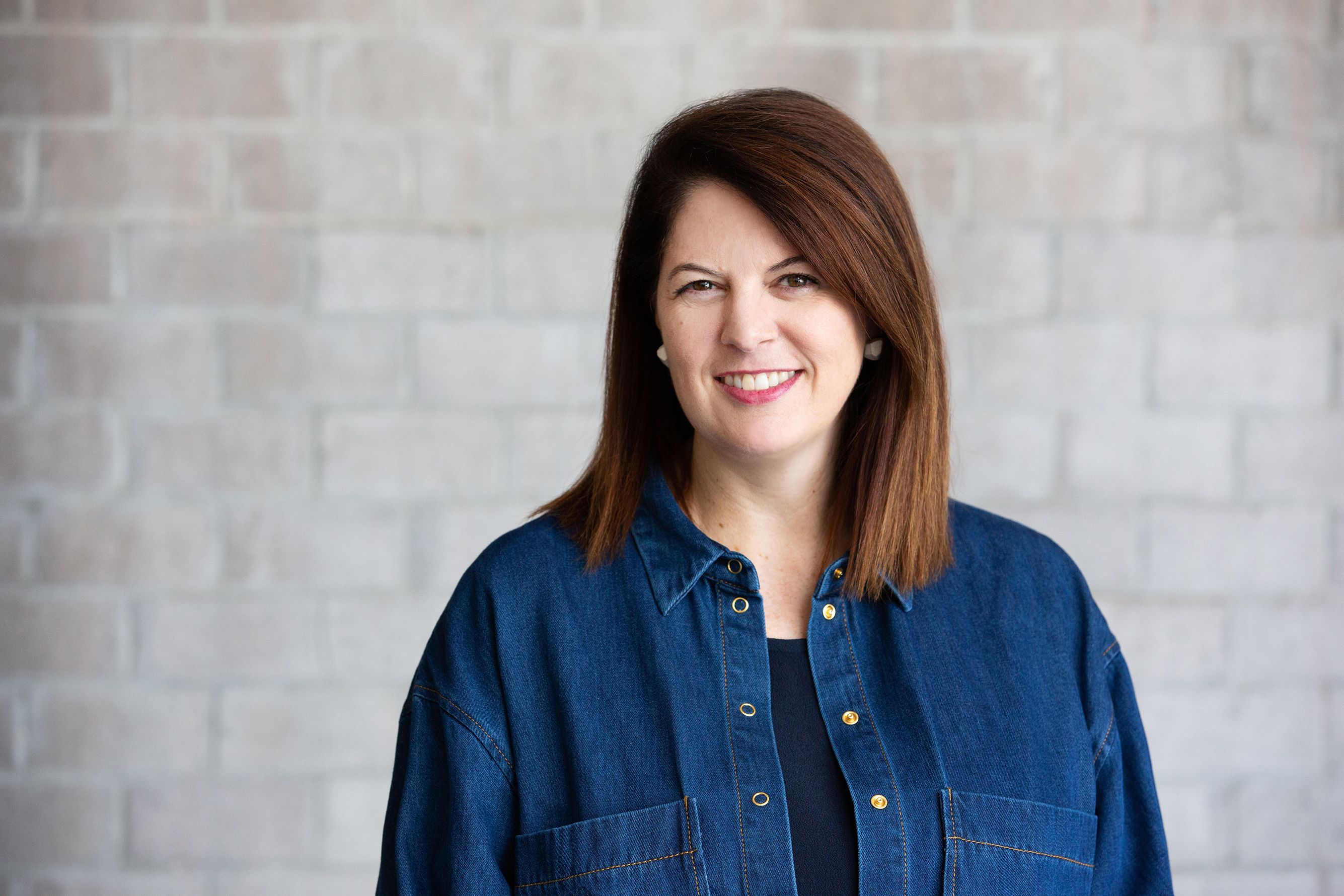
What does a circular economy really mean?
The term ‘circular economy’ isn’t new – it was used in the 1960s by economist Kenneth Boulding. And often the real-world application of circular economic principles isn’t actually circular, in that you don’t return everything to its original state.
Instead, the phrase has come to represent a move away from our largely “linear” or "take-make-use-waste economy", to a more “circular” version where we preserve the value of raw materials and the things we make from them for as long as possible.
This means less waste, and hopefully fewer products needing to be made from new raw materials. Julia Fehrer and her research team recently published a new framework for circular ecosystems transitions.
Still, the “circular economy” is the sort of 2020s buzzword that isn’t always easy to get your brain around - not least because the trajectory of materials in the circular economy is often more of spiral than a circle. Only in your dreams does an old plastic pipe become a new plastic pipe; does a fridge liner go back into another fridge.
Fehrer's recently-published work envisions circular economies operating like natural ecosystems – restorative and waste-free, underpinned by principles such as reuse, repair, share, and pay-for-use.
There is a certain amount of recycling in New Zealand - plastic bags become fence posts, drink bottles become hoodies - thereby delaying for a few years the still-inevitable trip to landfill. But this is much more ambitious: mimicking natural systems to reduce a serious threat to the natural world.
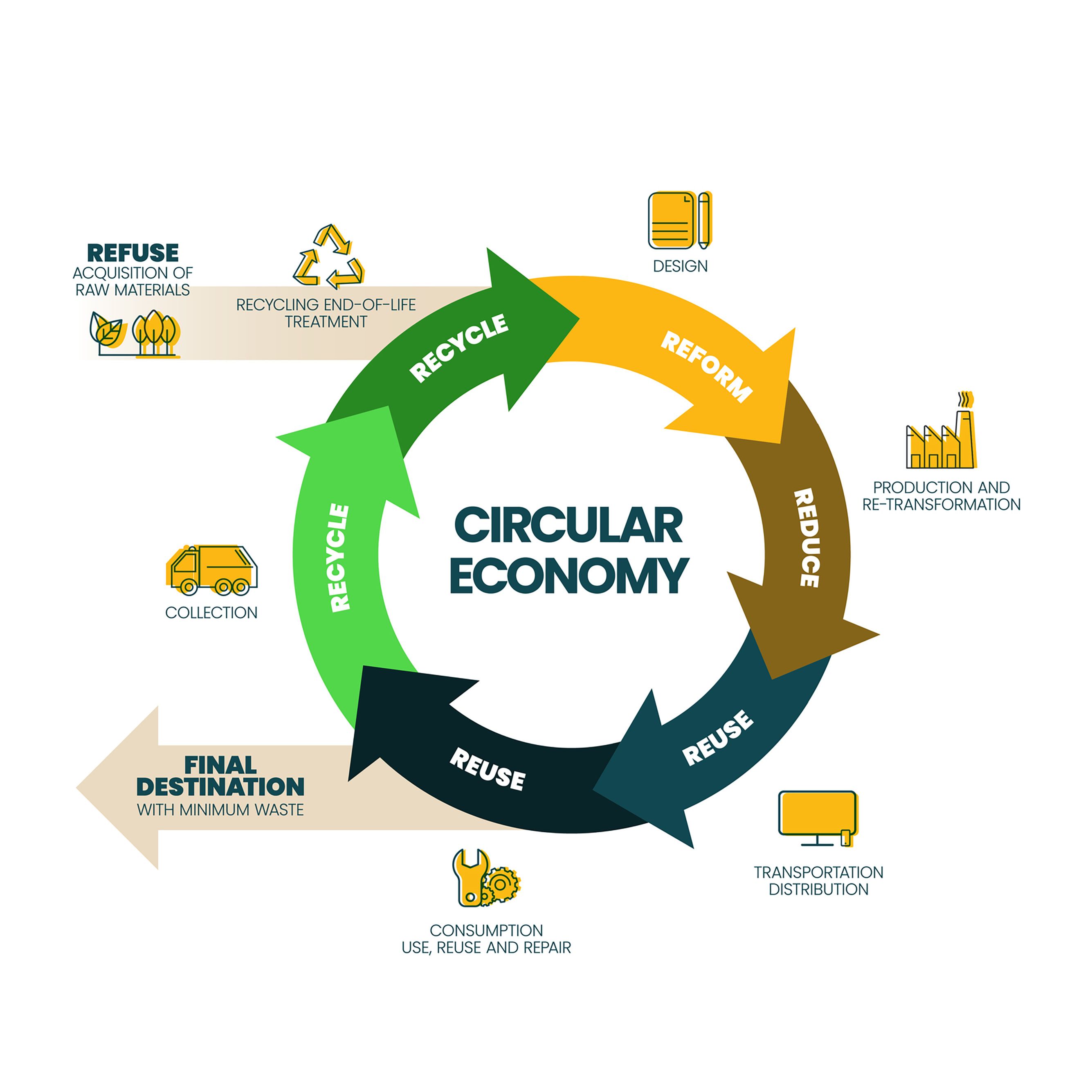
The three parts of the puzzle are taking shape. But this kind of revolutionary transformation at scale is no simple task. “We are, as we say in Germany, ‘running into open doors’,” Fehrer says. “There is more interest [from players outside academia] than we as a team can currently manage in terms of external engagement.”
The team is working with MBIE, Auckland Council, the Sustainable Business Network and more than a dozen plastics industry partners.
A year into the Circular Market System for Plastics project, and with a cost-of-living-focused new government jettisoning a bunch of environmental initiatives, including the now-on-hold container return scheme, how is Fehrer feeling about the prospects for plastics recycling?
“I’m neither optimistic nor pessimistic. I think I’m pragmatic,” she says. “We need to do something, and we have an opportunity here. The people working on this project are really engaged in trying something out; trying something new that can have an impact for industry.
“Will it work? Will it save the world? We don’t know. And it’s always harder than you think. But we're used to dealing with uncertainty and with complexity. And we’re doing that; we’re embracing that.”

